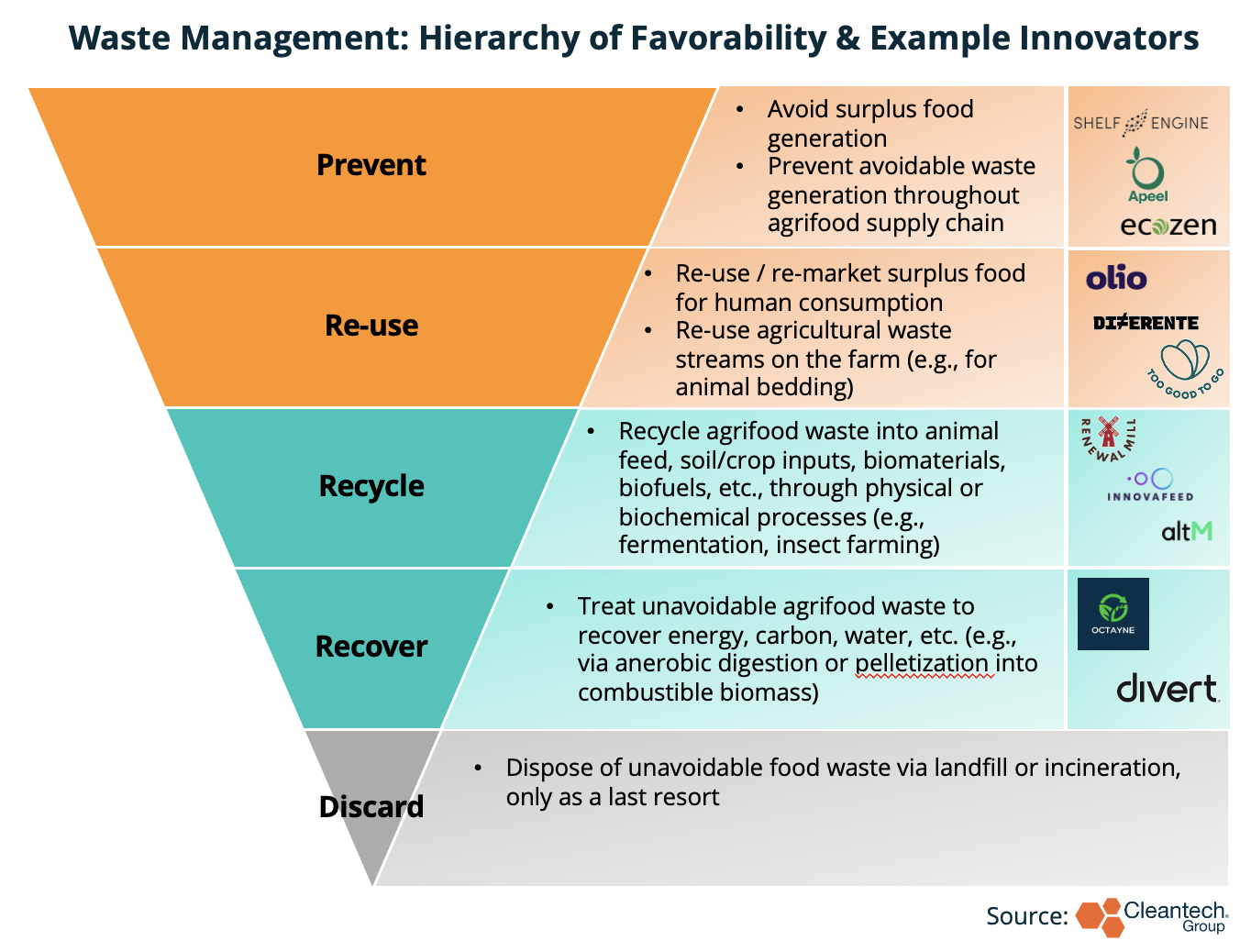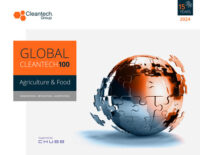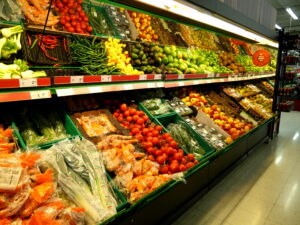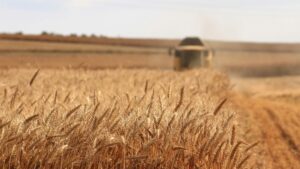Tackling Agrifood Waste: A Major Opportunity for Sustainable Innovation
Waste in the food and agriculture industry is an enormous yet often overlooked contributor to global greenhouse gas emissions. In fact, as much as one-third of all emissions originating from global food systems relate to waste. There’s also a staggering economic cost to agrifood waste. Inefficiencies that lead to waste are worth an estimated $1T to the global economy each year.
While the agrifood sector’s waste problem is a source of economic losses and environmental harms, it also presents a significant opportunity for innovation to reduce these negative consequences.
The Scope of the Problem
Around one-third of all food produced for human consumption is lost or wasted at some point in the agrifood supply chain. The production of food that is eventually wasted consumes about a quarter of all freshwater and fertilizer used in agriculture.
Moreover, agrifood waste is responsible for around 6-8% of total global greenhouse gas emissions, with methane emissions from landfill being a major contributor.
Given the substantial costs and resource usage involved, mitigation of agricultural and food waste represents a major opportunity to reduce the environmental impacts of food production, adapt to the effects of climate change, and improve food security.
Mature Technologies for Waste Avoidance
Significant mitigation of agrifood industry waste, particularly in terms of prevention and re-use (see diagram), can be achieved today with mature technologies. For example, supply chain technologies such as those offered by innovators Shelf Engine and Apeel are designed to avoid waste by improving inventory management and by reducing spoilage of fresh produce via a specialized coating, respectively. Online platforms such as Olio and Too Good To Go enable the redistribution of surplus food, thereby preventing it from going to waste.

Despite the high levels of technological readiness, many of these waste avoidance technologies require alternative financing, government support, and business model innovation to fully realize their potential impact. On the regulatory side, this includes everything from providing tax incentives for food donors to mandating the separate collection of organic waste.
Waste Valorization: Turning Trash into Treasure
While waste avoidance focuses on preventing waste from occurring in the first place, waste valorization treats waste as a resource, transforming it into valuable products. This approach is increasingly attractive to venture and growth investors, especially as newer waste valorization technologies continue to develop. Examples include biochemical processes that extract functional compounds or important feedstocks from waste, such as those developed by companies like Divert and KosmodeHealth.
Bioconversion using insects or microbes, where waste is turned into new products like novel foods, animal feed, biomaterials, or chemicals, is another promising avenue, with companies like Enifer and Ynsect leading the way.
Despite the promise of these technologies, many are still in the early stages of development and require further investment to scale.
Slightly more mature valorization technologies may nevertheless be capital-intensive and involve larger-scale infrastructure projects, such as anaerobic digesters and pyrolyzers, and fermenters. However, as the demand for bio-based feedstocks for fermentation and sustainable fuels grows, the potential for waste valorization technologies to contribute to a circular economy becomes increasingly clear.
Examples of agrifood waste mitigation technologies:
- Reduction:
- Inventory management
- Cold chain optimization
- Packaging, labels, and shipping inserts that reduce spoilage (e.g., ethylene inhibiting stickers (Apeel)
- Food redistribution / secondary markets to avoid wastage (Imperfect Foods, Olio, Too Good To Go)
- Valorization:
- Anerobic digestion
- Bioconversion into human food products, animal feed, feedstocks, useful chemicals / materials including crop inputs and growth factors for cellular agriculture
- Insects including black soldier fly, mealworm, fruit flies (Better Origin, Insectta)
- Feedstocks for biomanufacturing (Hyfe)
- Biochar (Husk)
- Reclamation of crop macronutrients from wastewater (phosphorus, nitrogen)
Challenges and Opportunities
Despite the clear opportunities presented by agrifood waste mitigation, several challenges remain. Fresh food is a low-margin industry, which restricts the ability to introduce new technologies and materials into the supply chain. Additionally, many corporations and investors tend to view food waste as primarily a consumer behavior problem, requiring education and awareness rather than technological solutions and venture funding.
There is also a perception that markets for upcycled waste products are too small to justify significant investment. In many jurisdictions, organic food waste is not collected separately from other waste, making eventual valorization more expensive and difficult or even impossible.
The Role of Policy and Corporate Engagement
Corporate sustainability and net-zero programs can look to waste mitigation as a key area for emissions reduction. Major corporations such as McDonald’s, Tesco, and Walmart have already begun to engage with waste avoidance technologies to reduce waste and related costs at the consumer level.
Policy initiatives are also playing a crucial role in driving waste reduction. For instance, signatories of the Biodiversity COP15 have restated the Sustainable Development Goal (SDG) 13.2, which aims to reduce food waste at retail and consumer levels by 50% by 2030. Some regions, including France, Germany, and the U.S., offer tax breaks to food donors and have legislated that food waste must be collected separately from other municipal waste.
Challenge vs. Opportunity
Agrifood waste represents a significant challenge but also an enormous opportunity for innovation and sustainability. By leveraging mature waste avoidance technologies and investing in the development of novel waste valorization processes, the agrifood industry can reduce its environmental impact, adapt to the effects of climate change, and create new revenue streams. With the right combination of policy support, corporate engagement, and technological innovation, the agrifood industry can turn waste from a costly problem into a valuable resource.



